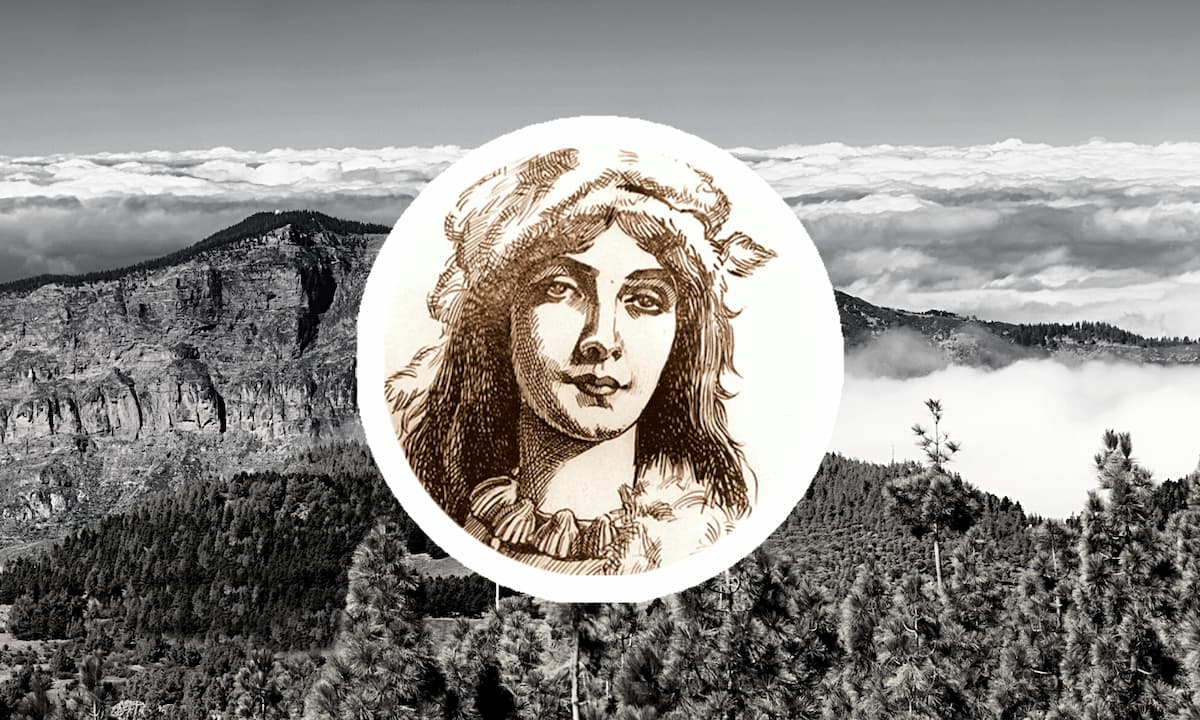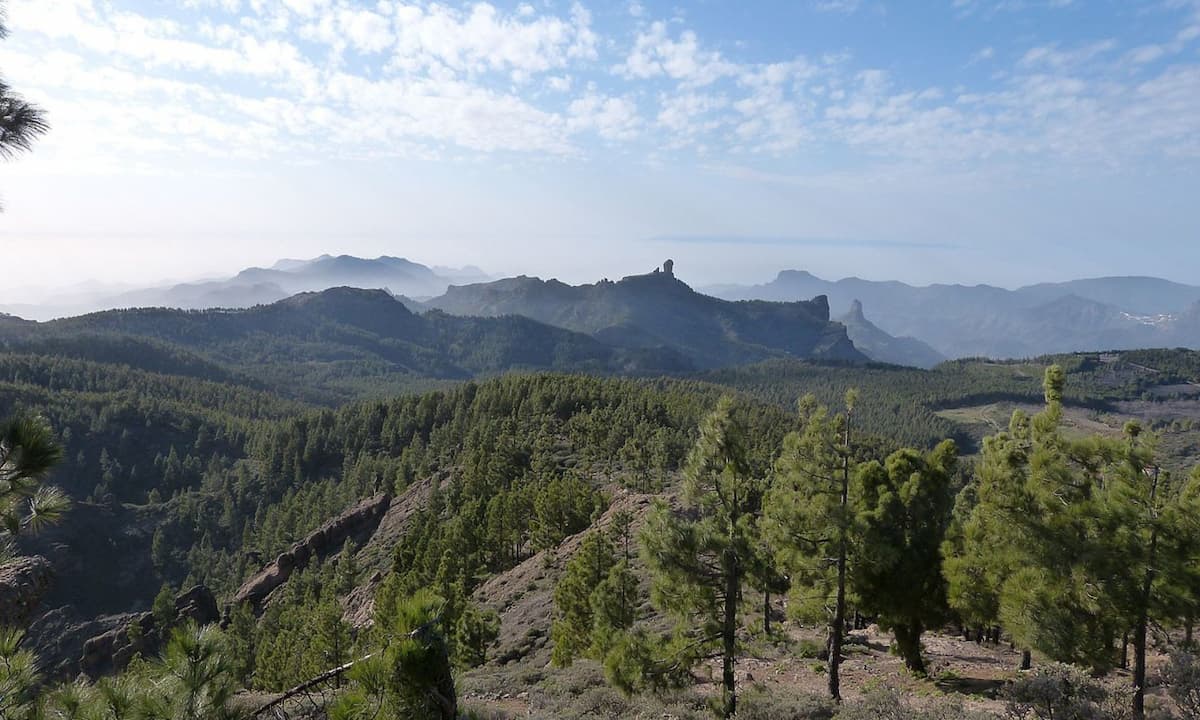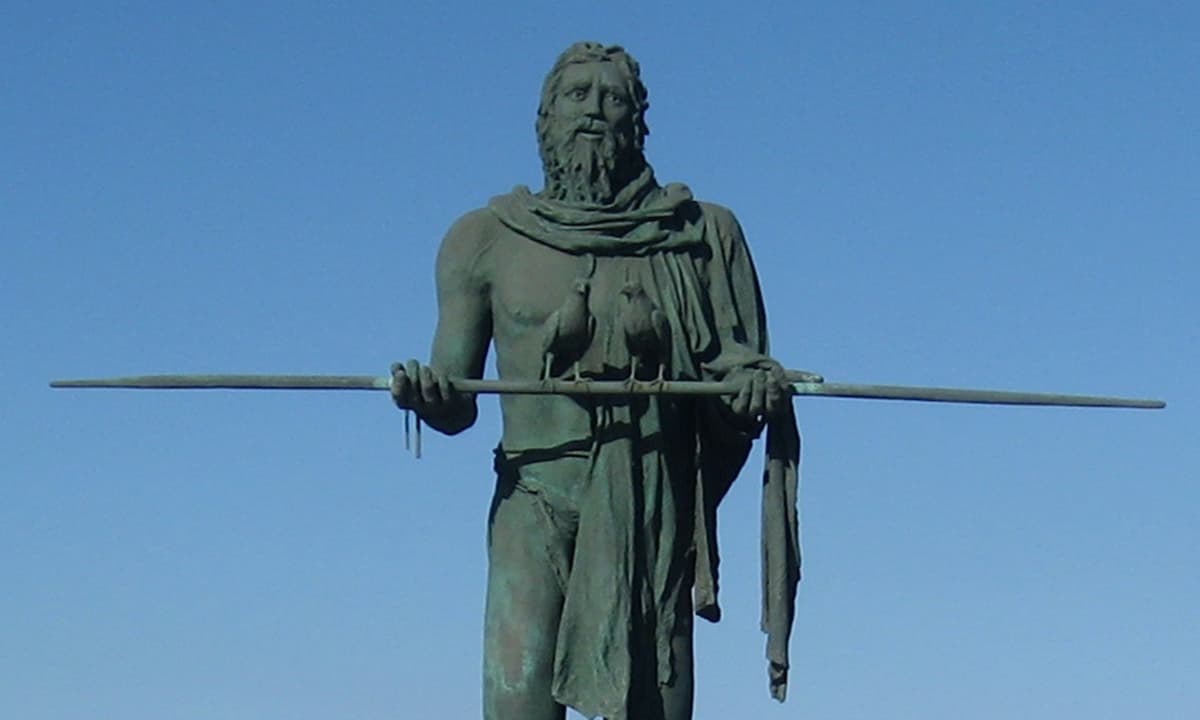Learn the story of Guayarmina, the native Canary Islands noblewoman whose name adorns a Princess hotel

One of the properties of Princess Hotels & Resorts in Tenerife, the hotel Guayarmina Princess, is named after an aboriginal Canary Islands noblewoman and honours this renowned figure from the colonial era. Records from the time mention two women called Guayarmina who defined that period in the archipelago. Want to know who they were?
A kind of “child queen”
The Guayarmina we have the most information on was the daughter of Tenesor Semidán, leader of the kingdom de Gáldar and accepted by the Catholic Monarchs as the representative of the Canary Kingdoms after the conquest.
The exact date of Guayarmina’s birth is unknown, but it is estimated to have been around 1470. Her mother died at birth, so she became a kind of child queen. A noblewoman who became a symbol of resistance when the Canary Islands were invaded by Castilian troops.

According to the book Una ascendencia canaria de cinco siglos (Five Centuries of Canarian Ancestry), Guayarmina resisted the attacks by hiding out in the mountaintops of Gran Canaria, where she was concealed and guarded by warriors who protected the island from attack by Castilian troops in 1483.
Although her resistance on the island’s rugged terrain made her a legend, the truth is that, like her father, she ended up allying with the Spanish crown. The historian Rumeu de Armas recounts, in Don Fernando Guanarteme y las Princesas Guayarmina y Masequera en la Corte de los Reyes Católicos (Don Fernando Guanarteme and Princesses Guayarmina and Masequera in the Court of the Catholic Monarchs), the various trips that Tenesor Semidán made to the mainland, trips he made with his Christian name: Fernando Guanarteme.
It was on his third voyage that he was accompanied by his daughter Guayarmina, who had been baptized with the Spanish name Margarita. Once on the mainland, she met Miguel de Trejo Carvajal, a nobleman from Extremadura with whom she had six children.
Guayarmina de Güimar
The texts tell the story of another Guayarmina, although not in as much detail as the ones involving the daughter of Tenesor Semidán.
According to references from historian Juan Bethencourt Alfonso, this Guayarmina was the daughter of the Chief of Güimar, Añaterve. Guayarmina was kidnapped by King Bencomo, Añaterve’s sworn enemy. Another reference to this woman is found in the article on Los límites del menceyato de Taoro (The Limits of Taoro’s Chiefdom), which notes that the son of the Chief of Taoro, Ruyman, was in love with Guayarmina.

Despite these sources, there are large gaps in our knowledge of her life, as is the case with Guayarmina, whom they called the “girl queen”.
What Guayarmina means
The name Guayarmina also has its own history. An article published by the University of Las Palmas de Gran Canaria says that this name denotes “its condition to refer to the queen or female conduit of power”.
This text also points out that Guayarmina comes from the name Armide or Arminda. In fact, some chronicles from the period refer to Guayarmina or Margarita as Arminda.
The philologist and historian Ignacio Reyes García proposes that the Berber expression wayya-ar-minna means star. And adds: “Among the main stars that are visible in the Canary Islands, the one that best fits this description is the so-called “star of the South”, which corresponds to the” Conoco” of the ancient African communities and becomes visible around 23 August and disappears around 17 April, which marks the start of the driest months on the Canary Islands”.
Categories: Canaries, Gran Canaria, Tenerife



Leave a Comment